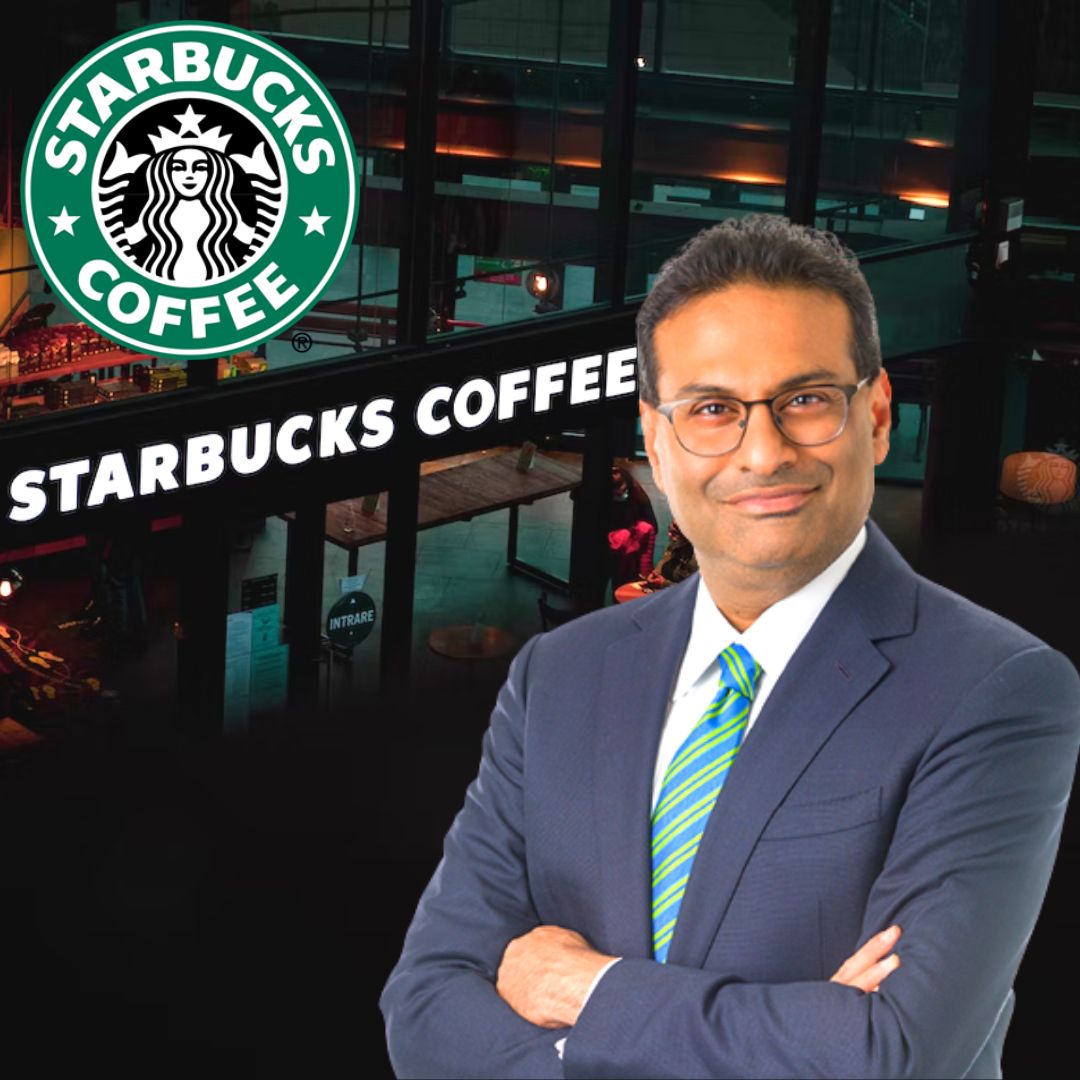Howard Schultz’s Leadership and Vision

Howard Schultz’s journey from a humble coffee bean salesman to the CEO of a global coffee empire is a testament to his leadership, vision, and unwavering commitment to building a brand that resonates with millions. His impact on Starbucks, and the coffee industry as a whole, is undeniable.
Schultz’s Early Days and Starbucks’ Transformation
Schultz’s story began in 1982 when he joined Starbucks as a marketing and operations manager. He was immediately drawn to the company’s unique atmosphere and the potential of the coffee culture. However, he quickly realized that Starbucks’ potential was limited by its focus on selling coffee beans rather than creating a distinct coffee experience. Schultz saw the opportunity to transform Starbucks into a “third place” – a space between home and work where people could connect and enjoy a high-quality coffee experience. In 1987, Schultz bought Starbucks and set about realizing his vision.
Schultz’s Leadership Style and Culture Building
Schultz’s leadership style is characterized by his passion for Starbucks, his unwavering belief in its mission, and his commitment to empowering employees. He believed in building a company culture that valued customer service, quality, and community. Schultz implemented a number of initiatives to foster this culture, including:
- A strong focus on employee training and development, ensuring that every barista understands the Starbucks story and is equipped to deliver exceptional customer service.
- A commitment to ethical sourcing and fair trade practices, ensuring that Starbucks’ coffee is not only high quality but also ethically produced.
- A focus on community engagement, with Starbucks actively participating in local events and supporting community initiatives.
Schultz’s Vision for Starbucks and its Impact on the Coffee Industry
Schultz envisioned Starbucks as a global brand that would elevate the coffee experience and create a sense of community. He believed that coffee was more than just a beverage; it was a catalyst for human connection and a symbol of a shared experience. Schultz’s vision has had a profound impact on the coffee industry, leading to a shift towards specialty coffee, a greater focus on ethical sourcing, and the rise of coffee culture around the world.
Starbucks’ Business Strategy and Operations: Ceo Starbucks

Starbucks’ success is built upon a robust business model that leverages a unique combination of factors, including its brand image, operational efficiency, and customer-centric approach. The company’s strategy is centered on providing a premium coffee experience, coupled with a consistent and welcoming atmosphere, while strategically expanding its product offerings and global reach.
Starbucks’ Core Business Model and Competitive Advantage
Starbucks’ core business model revolves around offering a premium coffee experience, characterized by high-quality beans, skilled baristas, and a welcoming atmosphere. The company’s competitive advantage lies in its ability to create a strong brand identity, cultivate customer loyalty, and maintain operational efficiency across its global network. Starbucks differentiates itself through its:
- Strong Brand Identity: Starbucks has cultivated a strong brand identity associated with premium coffee, a sense of community, and a focus on sustainability. This brand image resonates with customers who value quality and experience, driving customer loyalty and brand preference.
- Customer Loyalty Programs: Starbucks’ rewards program, Starbucks Rewards, has been instrumental in fostering customer loyalty. The program offers personalized rewards, exclusive offers, and personalized experiences, encouraging frequent visits and increased spending.
- Operational Efficiency: Starbucks has implemented efficient operational processes across its supply chain, from sourcing beans to brewing coffee and serving customers. This efficiency allows the company to maintain consistent quality and service while managing costs effectively.
- Global Reach and Expansion: Starbucks has strategically expanded its global footprint, establishing a presence in over 80 countries. This expansion has allowed the company to tap into new markets and diversify its revenue streams, while also increasing brand awareness and recognition worldwide.
Starbucks’ Supply Chain Management and Sourcing Practices
Starbucks’ supply chain management is a critical aspect of its business strategy, ensuring the consistent quality and ethical sourcing of its coffee beans. The company has implemented a comprehensive approach to supply chain management, encompassing:
- Direct Sourcing: Starbucks directly sources its coffee beans from farmers in over 30 countries, building long-term relationships and ensuring fair trade practices. This approach allows the company to control quality and traceability throughout the supply chain, while also supporting sustainable farming practices.
- Ethical Sourcing: Starbucks is committed to ethical sourcing, ensuring that its coffee beans are produced in a sustainable and responsible manner. The company has implemented various initiatives to promote fair trade, environmental sustainability, and worker welfare in its coffee-producing regions.
- Quality Control: Starbucks has rigorous quality control measures in place, from bean selection and roasting to brewing and serving. This ensures that every cup of coffee meets the company’s high standards and provides a consistent customer experience.
- Innovation and Technology: Starbucks has incorporated technology into its supply chain management, leveraging data analytics and digital platforms to optimize sourcing, logistics, and inventory management. This allows the company to streamline processes, reduce costs, and improve efficiency.
Starbucks’ Marketing Strategies and Customer Loyalty Programs, Ceo starbucks
Starbucks employs a multifaceted marketing strategy to reach its target audience and foster customer loyalty. The company’s marketing efforts focus on:
- Brand Building and Storytelling: Starbucks has invested heavily in building its brand image and creating a strong emotional connection with its customers. The company’s marketing campaigns often tell stories about its coffee origins, its commitment to sustainability, and its role in creating a sense of community.
- Digital Marketing and Social Media: Starbucks leverages digital marketing channels, including social media, email marketing, and mobile apps, to engage with customers, promote new products, and personalize their experiences. The company’s social media presence is particularly strong, with millions of followers across various platforms.
- Customer Loyalty Programs: Starbucks’ rewards program, Starbucks Rewards, is a key component of its customer loyalty strategy. The program offers personalized rewards, exclusive offers, and personalized experiences, encouraging frequent visits and increased spending.
- Product Innovation and Customization: Starbucks continuously innovates its product offerings, introducing new beverages, food items, and seasonal specials to keep its menu fresh and appealing. The company also offers a high degree of customization, allowing customers to personalize their drinks and food items to their liking.
Starbucks’ Social Responsibility and Sustainability Initiatives

Starbucks has established itself as a leader in corporate social responsibility and sustainability, integrating these principles into its business operations and engaging in initiatives that benefit both its stakeholders and the planet. The company’s commitment to social responsibility and sustainability is evident in its various programs and initiatives, which focus on ethical sourcing, environmental conservation, community engagement, and employee well-being.
Community Engagement and Support
Starbucks actively engages with local communities through various programs and initiatives, aimed at fostering economic development, promoting education, and supporting vulnerable populations.
- Starbucks Community Stores: Starbucks has established Community Stores in underserved neighborhoods, where a portion of the store’s profits is directed towards local non-profit organizations. These stores serve as hubs for community engagement, providing job opportunities and supporting local initiatives.
- Starbucks Foundation: The Starbucks Foundation is a non-profit organization that supports community programs focused on youth development, coffee-growing communities, and disaster relief. The foundation has invested millions of dollars in initiatives that promote education, economic opportunity, and community well-being.
- Coffee and Farmer Equity (CAFE) Practices: Starbucks’ CAFE Practices are a set of ethical sourcing guidelines that ensure fair prices, safe working conditions, and environmental sustainability for coffee farmers. This initiative helps improve the livelihoods of coffee farmers and promotes responsible agricultural practices.
Environmental Sustainability
Starbucks has set ambitious environmental sustainability goals, aimed at reducing its environmental footprint and promoting sustainable practices throughout its operations.
- Reduce, Reuse, Recycle: Starbucks has implemented a comprehensive waste reduction program, encouraging customers to use reusable cups and promoting recycling practices in its stores. The company has also committed to reducing its reliance on single-use plastics and paper products.
- Energy Efficiency: Starbucks has invested in energy-efficient technologies and practices to reduce its energy consumption in stores and offices. The company has achieved significant reductions in energy usage through initiatives like LED lighting, high-efficiency appliances, and building retrofits.
- Water Conservation: Starbucks has implemented water conservation measures in its stores, including low-flow fixtures, water-efficient landscaping, and water recycling systems. The company has also partnered with organizations to support water conservation efforts in coffee-growing communities.
Ethical Sourcing and Fair Trade
Starbucks is committed to ethical sourcing practices, ensuring that its coffee beans are sourced from farmers who are paid fair prices and work in safe and sustainable conditions.
- Fair Trade Certification: Starbucks sources a significant portion of its coffee beans from Fair Trade certified farms, which adhere to strict standards for labor, environmental, and community practices. Fair Trade certification ensures that farmers receive a fair price for their coffee and have access to resources that improve their livelihoods.
- CAFE Practices: Starbucks’ CAFE Practices, mentioned earlier, are a comprehensive set of ethical sourcing guidelines that go beyond Fair Trade certification. CAFE Practices address issues such as worker safety, environmental protection, and community development, ensuring that coffee farmers are treated fairly and work in sustainable conditions.
- Direct Trade: Starbucks has also established direct trade relationships with coffee farmers, allowing the company to work directly with producers and ensure that they receive fair prices and support for their businesses. Direct trade relationships foster transparency and accountability, enabling Starbucks to better understand the challenges faced by coffee farmers and support their efforts to improve their livelihoods.
Ceo starbucks – The CEO of Starbucks has a big job, leading a global coffee empire. Currently, that’s starbucks ceo brian niccol , who’s navigating the company through a changing landscape, focusing on innovation and customer experience. It’s a challenge, but Starbucks continues to be a powerhouse in the coffee world.
While Howard Schultz’s leadership at Starbucks has been marked by bold moves and a focus on customer experience, it’s interesting to see how other companies like Chipotle are navigating the competitive landscape. Check out this analysis of chipotle stock to see how their strategy compares.
Ultimately, both companies are focused on delivering a unique and memorable experience, but their approaches and execution differ significantly.